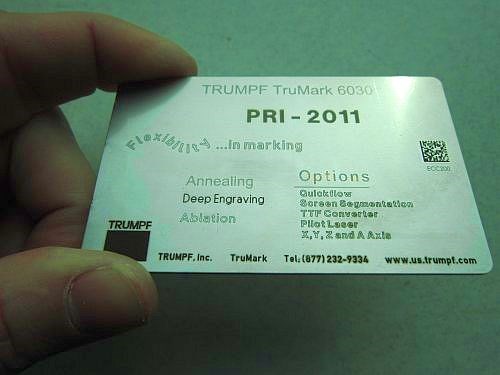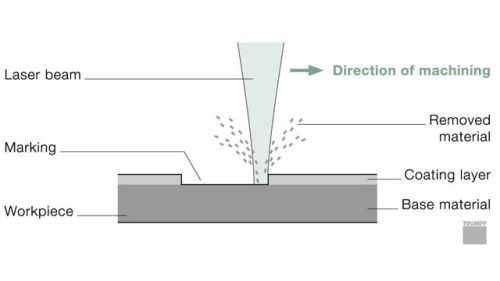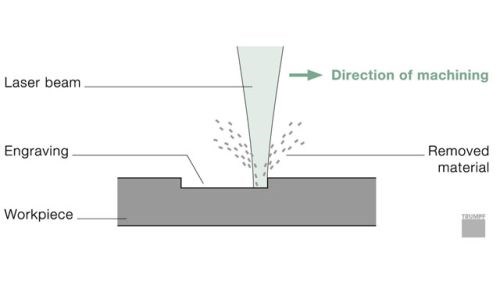Laser Marking Basics
Learn about the various marking processes that lasers can perform.

I picked up this sample at the Performance Racing Industry show. It shows the various types of marking processes that a Trumpf 6030 laser can perform.



To color plastics, the laser beam heats the surface locally, which causes some materials to become darker and others lighter in color depending on the material composition. In blackening, soot particles are generated that show the inscription in dark letters on lighter-colored plastic. To make dark plastics white, foamed marking is used whereby the laser beam melts the workpiece material locally. Small gas bubbles form in the molten material that increase the material’s volume creating foam. The processed area appears much brighter than the surrounding material and, in some cases, the marking is raised above the surface of the workpiece.
Related Content
-
Understanding The Four Major Behavioral Styles
Companies today are expanding the role of teams in the workplace in an effort to empower employees and improve organizational effectiveness. The more we try to work as a team, the more important it becomes to recognize that people exhibit different behavioral styles.
-
Key CNC Concept No. 1—The Fundamentals Of Computer Numerical Control
Though the thrust of this presentation is to teach you CNC usage, it helps to understand why these sophisticated machines are so important. Here are but a few of the more important benefits offered by CNC equipment.
-
Selecting The Right Welder
Many machine shops, on occasion, have a need for welding. It may be for maintenance purposes, repair or to fill the odd contract. This story is a welding process primer for those shops whose main business isn't welding but need to know some basics.

.jpg;width=70;height=70;mode=crop)








.png;maxWidth=300;quality=90)


